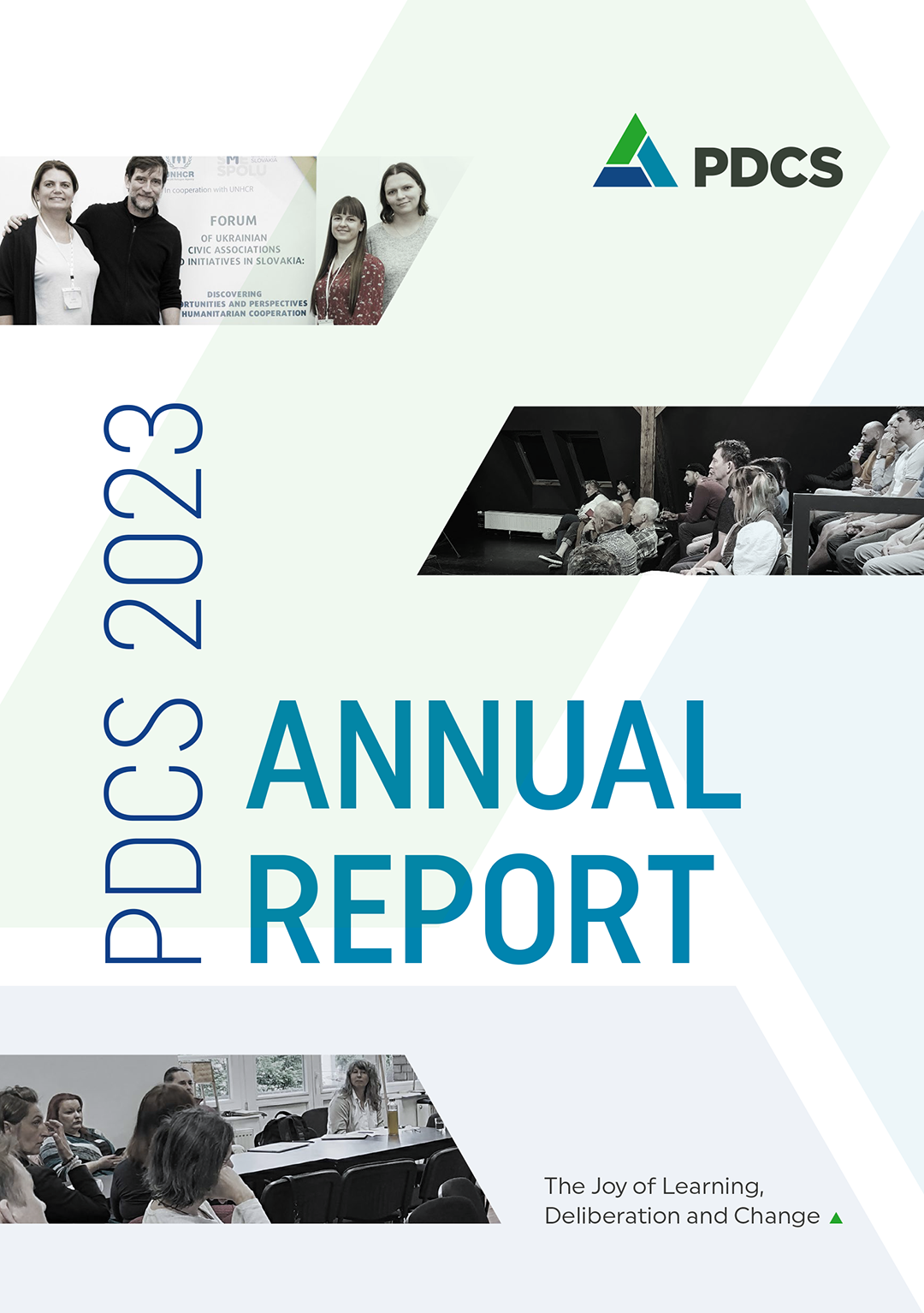
Community Visioning And Strategic Planning Process
Scholars, practitioners, and decision-makers in the public policy field recognize new characteristics of the problems and environment of the public domain. Problems are becoming complex, and the number of persistent public problems grows. New and perplexing qualities include scientific and technical uncertainty, multiple causality and resistance to unilateral solutions.
-
Available translations
-
Show more
At the same time, the social environment has become turbulent, characterized by rapid and discontinuous change with more shared-power situations, where no one person, group, organization, institution, or sector has complete control over the issue. Instead, multiple actors share resources and responsibility for planning and decision making. In this situation, traditional approaches to planning have proven ineffective to mobilize all stakeholders and available resources to address complex problems. Planning professionals are searching for holistic approaches with long-term perspectives involving diverse stakeholders to solve persistent problems. The stakeholders from all three sectors increasingly recognize that their individual success depends on the vitality of the other sectors. No longer can the public and private sectors make highly independent decisions and operate in isolation from each other.
Civil society organizations have surfaced as strategically important participants in the search for a ‘middle way’ between sole reliance on the market and sole reliance on the state.
Emerging are public-private partnerships, join ventures, “collective strategies,“ and cooperative problem-solving programs that bring together representatives of diverse groups to reach and implement agreements. Creation of a shared vision may become an alternative to higher authority as a guiding force.
In this paper, I describe community visioning and strategic planning approaches increasingly popular among practitioners in United States. Using literature and three Baltimore case studies, I identify main concepts, principles, and key elements of community strategic planning, and create general ‘model’ applicable in various cultural contexts. In first part of this paper I introduce fundamental concepts which I believe provide foundations, inspire, and shape community visioning and strategic planning approaches, and I provide the definition and describe general model of the planning process based on these concepts. In the second part I provide description and analysis of three community visioning and strategic planning cases in Baltimore. For each case study I individually discern key elements of the process, based on the interviews with process participants. This paper concludes with recognizing general principles and key elements of successful community visioning and strategic planning processes.
How to quote us
MIKOVÁ, Karolína. 1999. Community Visioning And Strategic Planning Process. Baltimore: 1999. 75 p.
-
Available translations
-
-
Would you like to contact us?
Are you interested in our services and you would like to establish cooperation with us? Are you looking for project partners in the topics we deal with? Contact us.
-
PDCS
Partners for Democratic Change Slovakia
